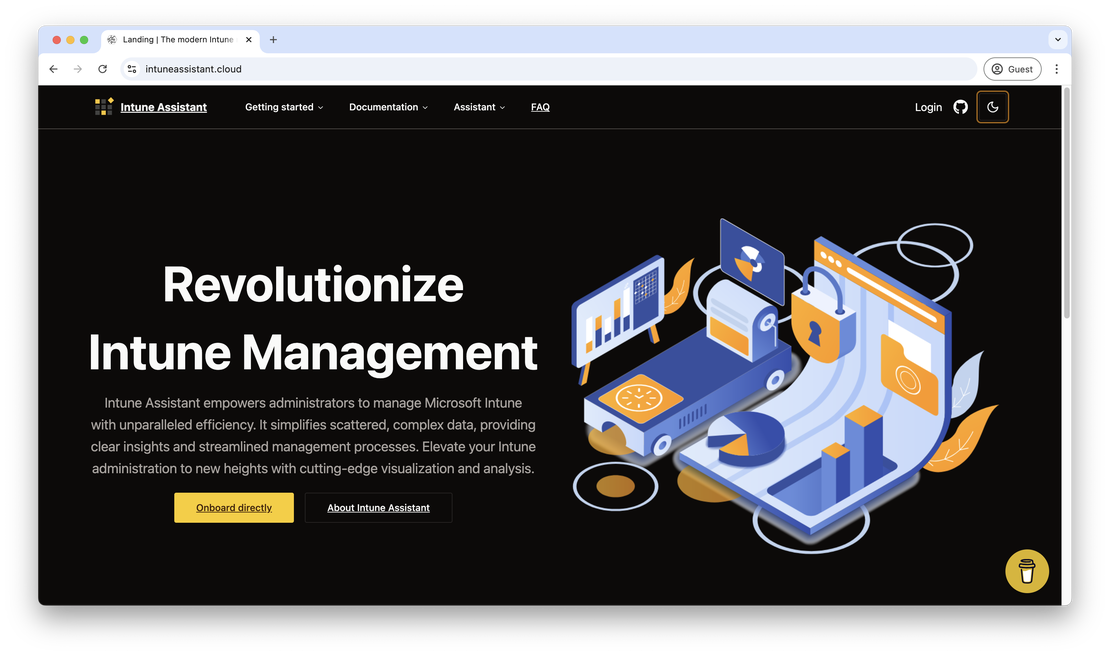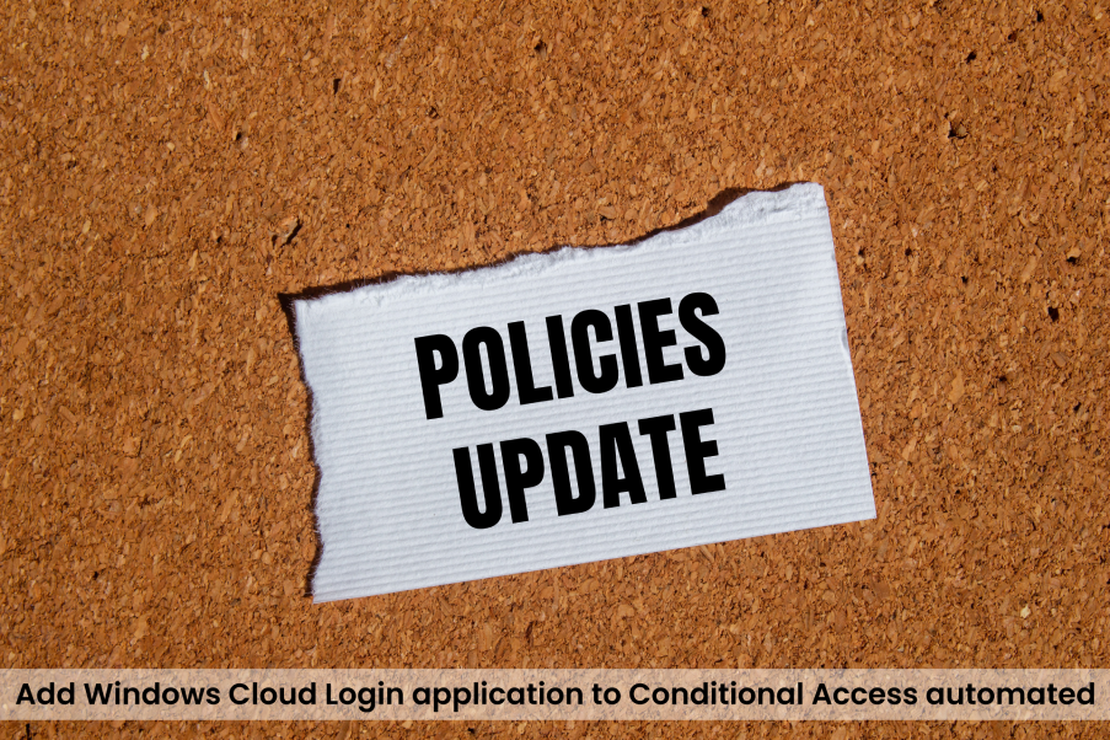Get Microsoft Intune assignments overview and more
Microsoft Intune becomes more and more important in the modern workplace. It is used to manage devices, applications, and users. More and more resources are available in Intune. To make resources work, you need to assign them. Finding assignments in Intune is a hard job. Another thing is that resources consist of settings, think about configuration profiles, compliance policies, and more. To get more insights into Microsoft Intune assignments, the configured settings and more, I created a tool to help you with this. The tool is called Intune Assistant. In this blog post, I will show you what Intune Assistant is and how it can help you with your daily work.
Continue Reading




